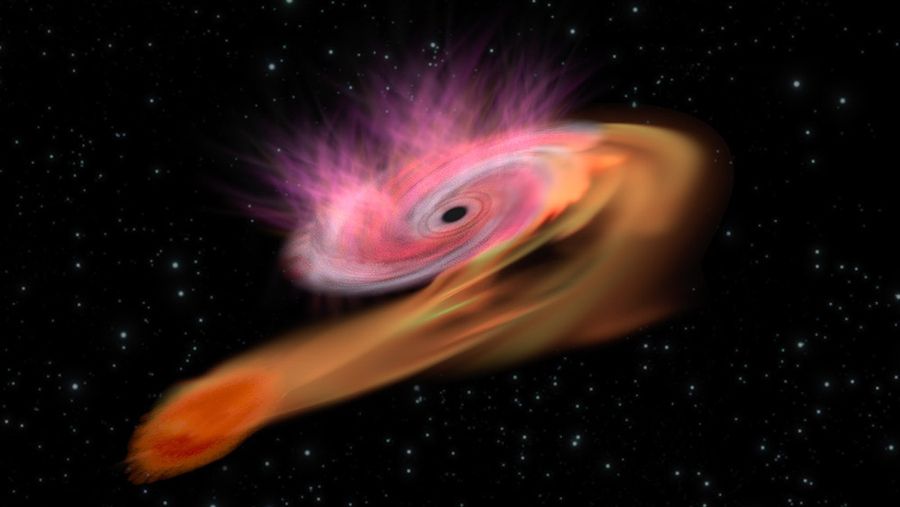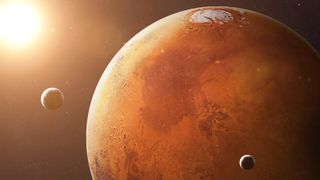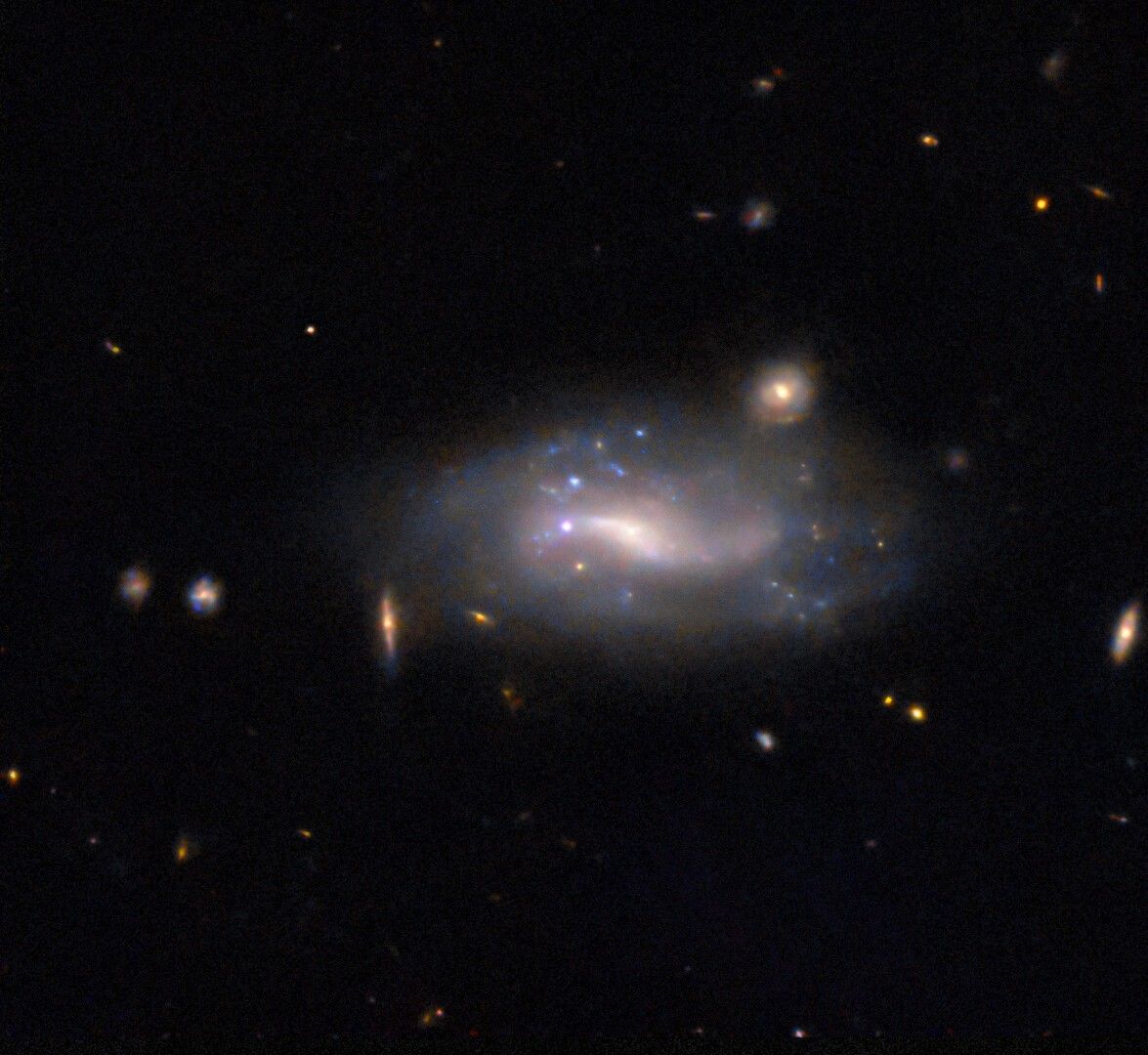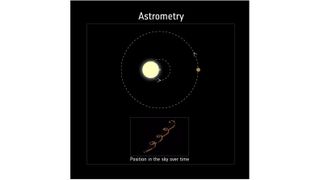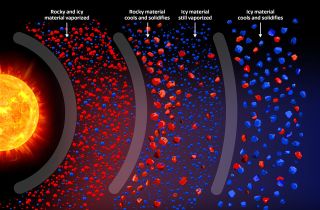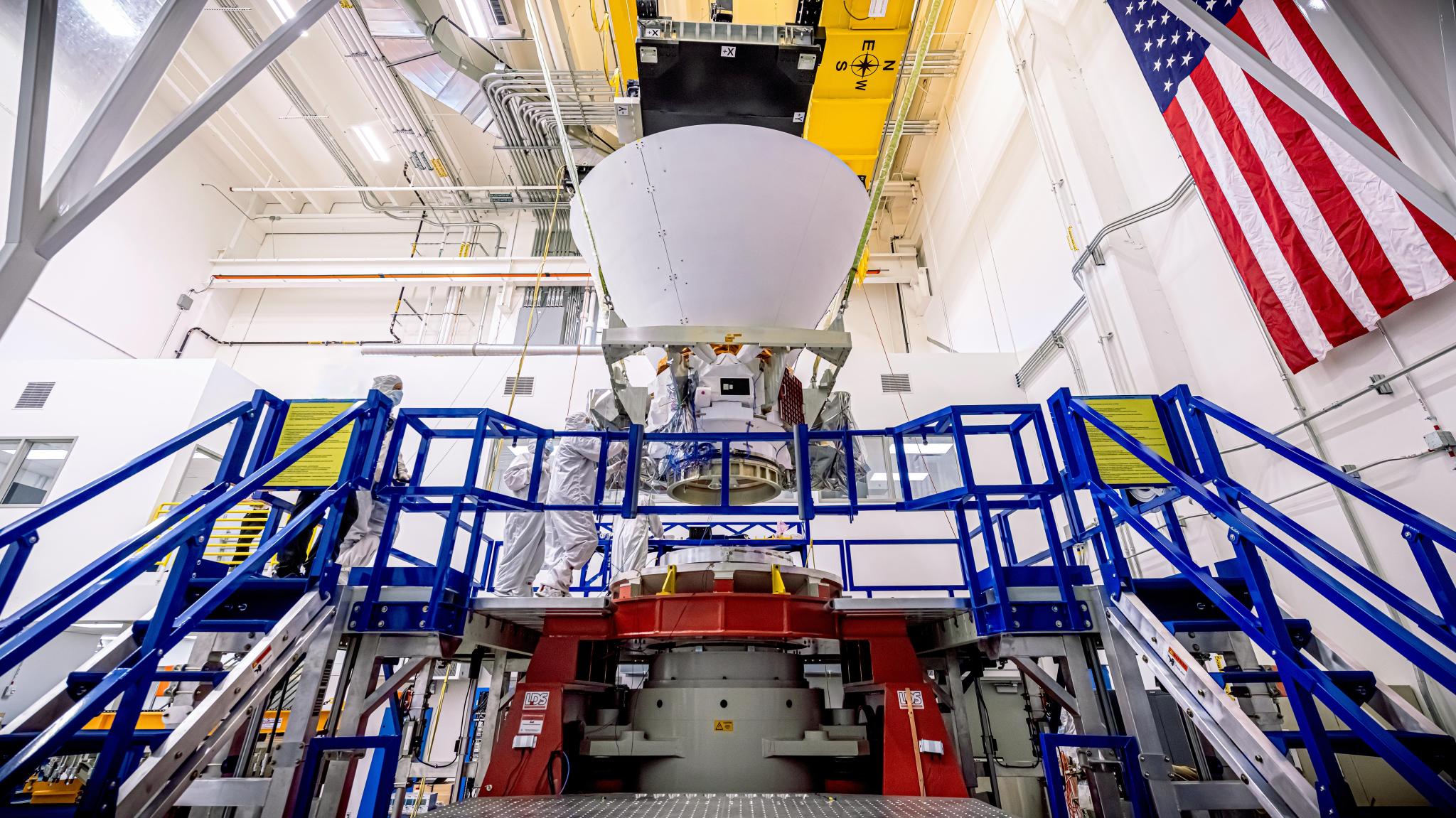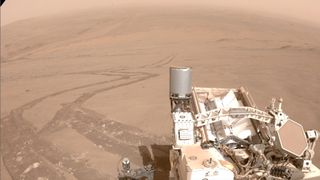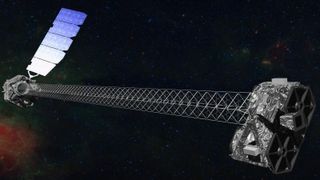Having launched on January 9, 2024 by the Chinese Academy of Sciences, the Einstein Probe detected several new events during its commissioning phase. Last October, Yuan Weimin, the spacecraft’s principle investigator, told China Central Television that the X-ray observatory had already discovered around 60 very strong transient celestial objects, close to a thousand potential transients, and nearly 500 stellar flares, along with a gamma-ray burst from the very early universe. One of those detections was EP240408a, an unusual blast that lit up discussions between astronomers. Zhang and his colleagues immediately…
Read MoreTag: The Universe
1st supernovas may have flooded the early universe with water — making life possible just 100 million years after the Big Bang
When the cosmos’ first stars exploded in spectacular supernovas, they may have unleashed enormous amounts of water that flooded the early universe — and potentially made life possible just millions of years after the Big Bang, new simulations suggest. However, this theory clashes with our current understanding of cosmic evolution and will be extremely difficult to prove. Water is one of the most abundant compounds in the universe, according to NASA. Aside from Earth, astronomers have found water in several places throughout the solar system, including scattered above and below…
Read More‘Marsquakes’ may solve 50-year-old mystery about the Red Planet
Recordings of Martian earthquakes, or “marsquakes,” collected by a robot on the Red Planet may have finally solved a 50-year-old mystery: why one half of Mars is so drastically different from the other. Since the 1970s, researchers have known that Mars is split into two main areas. The northern lowlands cover around two-thirds of the planet’s northern hemisphere, while the southern highlands cover the rest of the planet and have an average elevation roughly 3 miles (5 kilometers) higher than that of the northern lowlands. Mars’ crust, which sits on…
Read MoreHubble Goes Supernova Hunting
Explore Hubble Hubble Home Overview About Hubble The History of Hubble Hubble Timeline Why Have a Telescope in Space? Hubble by the Numbers At the Museum FAQs Impact & Benefits Hubble’s Impact & Benefits Science Impacts Cultural Impact Technology Benefits Impact on Human Spaceflight Astro Community Impacts Science Hubble Science Science Themes Science Highlights Science Behind Discoveries Hubble’s Partners in Science Universe Uncovered Explore the Night Sky Observatory Hubble Observatory Hubble Design Mission Operations Missions to Hubble Hubble vs Webb Team Hubble Team Career Aspirations Hubble Astronauts News Hubble News…
Read MoreGiant planet or ‘failed star?’ Newfound mystery world blurs the lines
One of the largest exoplanets to be found orbiting a relatively low-mass star has been discovered, thanks to the way the planet’s gravity drags its star around on its journey through space. The planet is the fourth world to be spotted in data from the European Space Agency’s Gaia mission, which was designed to map a billion stars in our Milky Way galaxy, cataloguing their masses, luminosities, temperatures and motions through space. It’s this latter property that led to the discovery of the giant exoplanet Gaia-4b. It orbits a star…
Read More‘Roasting marshmallow’ exoplanet is so hot, it rains metal. How did it form?
Astronomers may have inadvertently complicated the mystery of how strange “roasting marshmallow” planets form. Using the Gemini South telescope, researchers found that the “hot and puffy” ultra-hot Jupiter planet WASP-121b may have formed closer to its star than previously believed, challenging what we know about how planets form. Since the discovery of the first planet outside the solar system in the mid-1990s, the catalog of extrasolar planets, or “exoplanets,” has grown to over 5,000 entries. Many of these exoplanets are like nothing found in our solar system. The hot and…
Read MoreA year in isolation: 366-day mock moon mission wraps up in Russia
On Nov. 14, 2024, the Institute of Biomedical Problems (IBMP) of the Russian Academy of Sciences marked the successful completion of SIRIUS-23, a year-long biomedical isolation experiment simulating the conditions of deep-space travel and lunar surface operations. For 366 days, a crew of six analog astronauts lived and worked in a sealed environment, a meticulously controlled Earth-based stand-in for interplanetary missions of the future. The SIRIUS (Scientific International Research in Unique terrestrial Station) project, launched in collaboration with NASA’s Human Research Program and the IBMP in 2017, had previously conducted…
Read More6 Things to Know About SPHEREx, NASA’s Newest Space Telescope
5 min read Preparations for Next Moonwalk Simulations Underway (and Underwater) NASA’s SPHEREx observatory undergoes testing at BAE Systems in Boulder, Colorado, in August 2024. Launching no earlier than Feb. 27, 2025, the mission will make the first all-sky spectroscopic survey in the near-infrared, helping to answer some of the biggest questions in astrophysics. BAE Systems/NASA/JPL-Caltech Shaped like a megaphone, the upcoming mission will map the entire sky in infrared light to answer big questions about the universe. Expected to launch no earlier than Thursday, Feb. 27, from Vandenberg Space…
Read MoreMars was hot then cold then hot again. Could life have really survived there?
New research suggests that temperatures on ancient Mars may have fluctuated between hot and cold periods through a relatively short period during its lifetime of billions of years. But these hot and cold spells may have been detrimental to life if it existed on the Red Planet. Mars may be a dry and arid planet today, but scientists know that Earth’s neighbor was much wetter and much more like our planet in its ancient past. These new findings from a team of researchers at the Harvard John A. Paulson School…
Read MoreAstronomers find hundreds of ‘hidden’ black holes — and there may be billions or even trillions more
Astronomers have discovered hundreds of hidden supermassive black holes lurking in the universe — and there may be billions or even trillions more out there that we still haven’t found. The researchers identified these giant black holes by peering through clouds of dust and gas in infrared light. The finds could help astronomers refine their theories of how galaxies evolve, the researchers say. Hunting for black holes is difficult work. They are the darkest objects in the universe, as not even light can escape their gravitational pull. Scientists can sometimes…
Read More